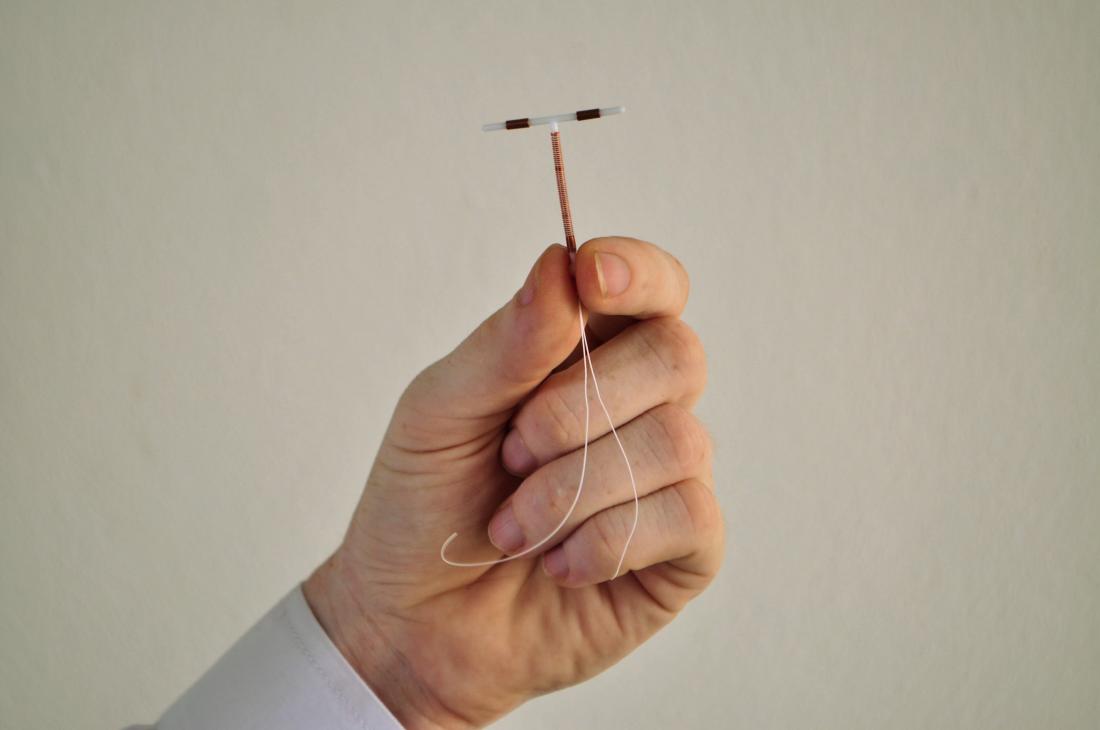What to expect after an IUD insertion? Before delving deeper into the nuances of the procedure, it is vital to know the basics first. WebMD defines IUD insertion as a process where the IUD (intrauterine device) is positioned within the uterus by a doctor for birth control purposes. Once put in, it can safeguard against pregnancies for a maximum of 10 years, depending on the type of IUD used.
How to Prepare for an IUD Insertion
Eat a small snack or meal before getting an IUD to prevent dizziness. Make sure to drink water as well. You will have to provide a urine sample for the doctor to ensure that you are not pregnant. If your doctor agrees, you can choose a pain reliever for combating any cramps during the process.
IUD insertion process
Before the IUD placement, your doctor will gently put a speculum into the vagina for widening the same. The doctor will then check the uterus position and size while cleaning the vagina and cervix with antiseptic liquid. After the uterus examination, the doctor will line up the cervix with the uterus.
IUDs usually have T-shapes with arms on both sides. The IUD arms are folded down before the doctor puts the device into the applicator tube. The tube will be inserted into the uterus via the cervix.
Once positioned, the arms are released while the doctor takes out the applicator tube. The copper T insertion procedure may lead to cramping at times, and you should watch out for the same. IUDs usually come with strings hanging into the vagina and cervix. The doctor trims this post-insertion.
Duration
Positioning the IUD requires 5-15 minutes in actual surgical time. You may have to wait at the doctor’s office for some time as a precautionary measure.
What to Expect During Insertion
You may cramp up during IUD insertion and/or experience some form of dizziness. Lie down till you feel better, and make sure to get up in a calm and relaxed manner.
Care Instructions
Cramps and spotting are common occurrences after the procedure. Cramps and mild bleeding may go on for about 3-6 months. You can take painkillers on the advice of your doctor. You may also put hot water bottles or heating pads on your stomach to ease discomfort. In the case of copper IUDs, you may witness slightly heavier periods over some months.
Check whether you can feel the string in the first few months. Always wash your hands before putting a finger into your vagina and to find this string that sticks out about two inches from the cervix. If you find it longer or shorter, its position may have changed. Call your doctor and schedule an appointment immediately.
You should wait for a minimum of 24 hours before any sexual intercourse. Do not put anything into the vaginal area during this period. After an entire day, you can resume conjugal activities. Some doctors may recommend a higher duration so ask your physician accordingly.
Some other details
Copper IUDs start functioning instantly, while hormonal varieties usually require a week to start working. However, if inserted during periods, they will begin working right away. Hormonal IUDs usually protect from pregnancies for 3-6 years, while copper IUDs offer protection for a maximum duration of up to 10 years.
When to consult your Doctor
Consult your doctor quickly if you have the following symptoms:
- You cannot find the string or feel that the IUD has shifted.
- You think you are pregnant.
- You have heavy vaginal bleeding.
- You have a fever over 101 degrees.
- You feel dizzy frequently.
- You are suffering from pain in the pelvis/belly.
- You have a foul-smelling vaginal discharge.
- You are suffering from migraine or regular headaches.
- You feel pain during sexual activities.
There are various myths going around about women’s health. An article that was written by Dawn Stacey, PhD, LMHC in www.verywellhealthy.com talks about the inaccuracies or myths around IUDs such as
- You cannot use IUDs without giving birth to a child.
- IUDs are not to be used by teenagers.
- IUDs are risky and lead to pelvic inflammatory ailments and infertility.
It is vital to dispel such wrongful information and venture confidently into the IUD insertion procedure. To make sure everything is being taken care of diligently, visit a trusted healthcare provider.





